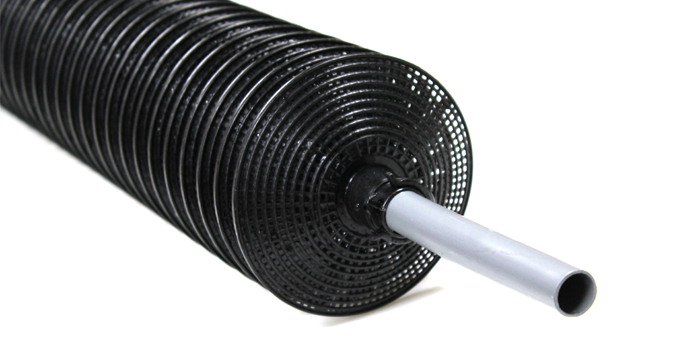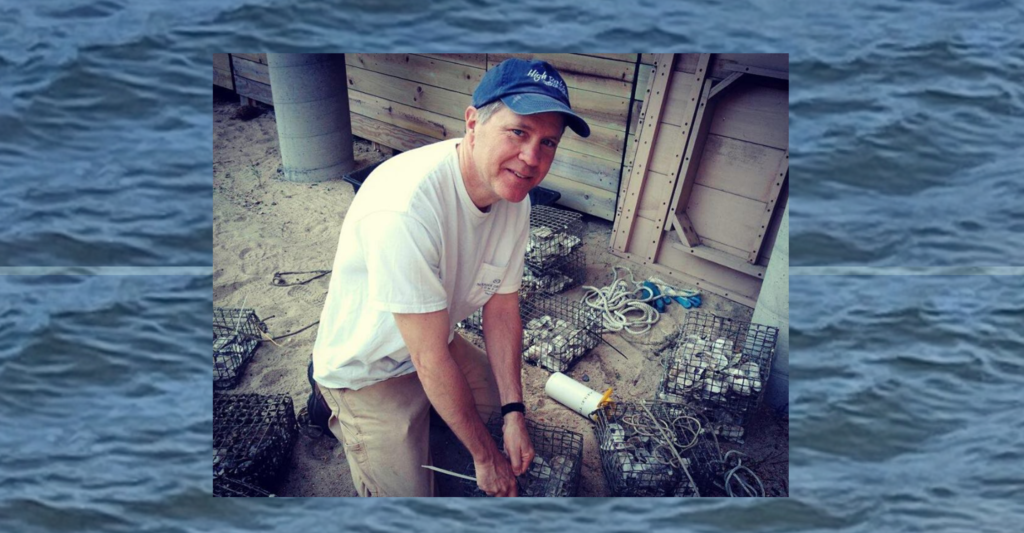

Controls had highest recruitment intertidally for seasonal collectors, whereas mesh treatments had higher recruitment lower in the intertidal zone.

For monthly samplers, mesh treatments maintained higher settlement subtidally whereas controls had highest settlement on the collectors at mean low- water level. Within the biweekly sampling regime, the meshed collectors and controls had similar patterns of settlement at the respective tidal heights. In this study, mesh bags (3 and 6 mm) were deployed over collecting frames, and the patterns of oyster settlement on these collectors were compared against unmeshed controls at three tidal heights (intertidal, low water, and subtidal) over three sampling regimes (biweekly, monthly, and seasonal) at two sites. Recommendations for spat collection and cultivation are given.Įastern oysters, Crassostrea virginica, in the southeastern United States are found predominantly in the intertidal zone. Growth performance of seeds was high due to the favorable environment. Spat collectors were most efficient in February and March when heavy spat settlement occurred and predation and fouling were minimal. The mean shell length, height, width and weight of the mussels from the first collectors were 32.11☐.68, 18.32, 11.76☐.35 mm and 3.40☐.22 g, respectively. On the first collectors, most of the spat settled from October to January and on the second most settled in April-May 1998. There was a significant positive correlation between particulate organic matter and chlorophyll-a (p<0.05) at both depths. Depth had no significant effect on any of these parameters (p>0.05). Temperature, salinity, seston, particulate organic matter and chlorophyll a were measured monthly. The first spat collectors were hung in July 1997, the second in January 1998. Spat settlement and growth at the depths of 3 and 7 m in a long-line mussel system in the southern Black Sea were determined in two seasons. In this area is most likely to occur on both collector types between May and mid-June. Barnacles (Balanus sp.) settled on bothĬollector types in high numbers throughout the study. Spats larger than 10 mm were found on the second or third sampling date inĮach group for both oyster and mussel shell collectors. Varied considerably between collector types as well as between the outsides and insides

The recruitment levels were highest in the groups deployed on June 16, with 4069 andġ575 oyster spats collected on the oyster and mussel shell collectors, respectively. Five groups of each type of collector were deployed from May toĪugust. Oyster and mussel shells were used as substrates Suitable time to collect oyster spat from nature. The aim of the study was to determine the recruitment pattern for six months and the most Oyster recruitment was monitored in Karantina Island near Izmir, Turkey, from May to Octoberġ999.


 0 kommentar(er)
0 kommentar(er)
